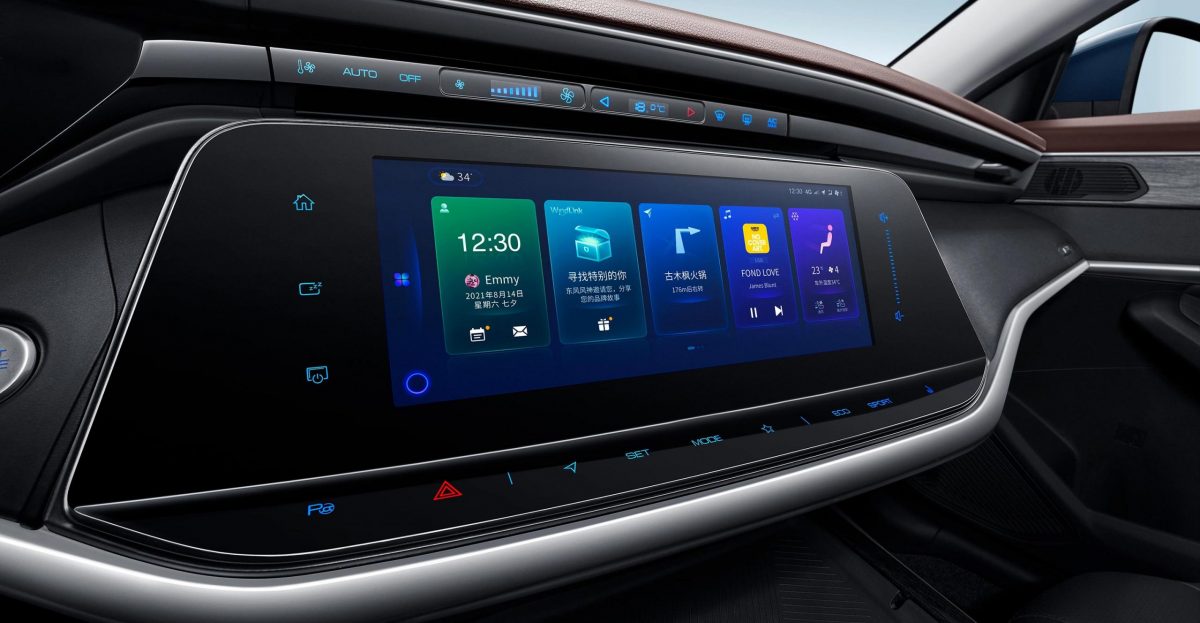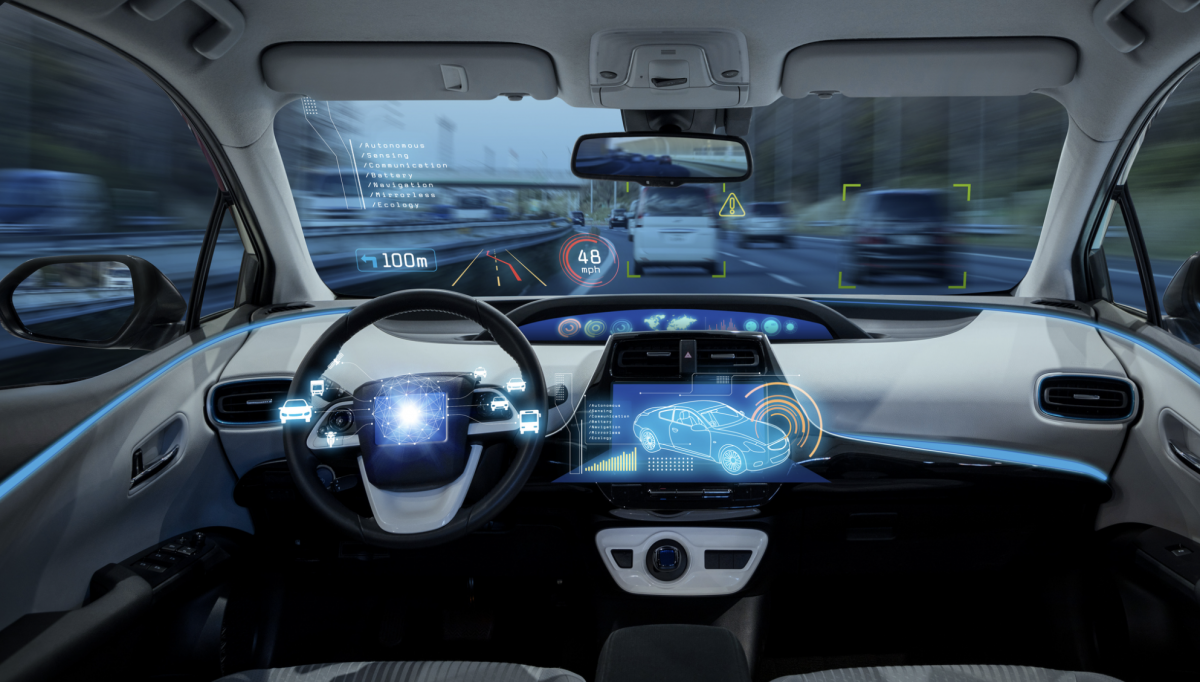Connected Car Pune – a one-day event hosted by Automotive Megatrends – took a closer look at the trends in vehicle connectivity in India. The autonomous car was also a point of keen interest, but compared to mature markets, the outlook differs markedly for both concepts. Freddie Holmes rounds up the key talking points.
India is THE connected vehicle market: Although in its infancy in India, vehicle connectivity is potentially more important here than in any other market. Time spent behind the wheel in heavy traffic could be better utilised, and emergency services alerts could save lives in the event of a crash – a common occurrence on India’s hectic roads. The prospect of a cashless society also creates opportunities for connected mobility services. On-demand business models such as Ola offer mobility at around a sixth of the cost of owning a vehicle outright, and can be coordinated and paid for electronically.
The smartphone rules: Only 1.4% of cars sold in India today feature basic connectivity as standard, according to Accenture. This is unlikely to change in future, given India’s reliance on smartphones. The industry recognises this, and is developing technologies that can best leverage ‘brought-in’ devices. There are around 235 million smartphones in India, and the ability to use smartphone connectivity as a source of navigation, music streaming and more is significant. For consumers, the user experience (UX) is crucial, and connectivity is climbing up the ‘must have’ list headed by fuel economy.
Cyber security – weakest link, greatest opportunity: Connecting devices to the car comes at a risk. Widespread use of aftermarket dongles that connect to highly vulnerable OBD ports present major cyber security risks. Stakeholders admitted that an absence of autonomous vehicles means there’s little threat to human life. What Indian drivers should be concerned about, however, is the UX and the compromise of private data. The cyber integrity of a new vehicle is rarely in the consumer’s mind when it comes to making a purchase, nor is it of high priority for the industry itself today.
Infrastructure: A clear hurdle for achieving India’s connectivity aspirations is the limited network coverage nationwide and the currently low level of 4G penetration, which is essential for cars to maintain a link to outside data sources, such as the Cloud. A lack of standardisation adds to the already limited guidance on policy, another of the hurdles slowing the roll-out of connected vehicle technology and services. Only once these challenges have been overcome, believes Accenture, will we see an increase in connected vehicles in India.
Self-driving cars are a LONG way off: Reluctant acceptance was the tone of the day when it came to driverless cars in India. Such vehicles would be far too expensive for most Indian consumers, but there’s a bigger problem: autonomous cars need predictable conditions – Indian roads are anything but. Snoozing behind the steering wheel may be a long shot, but connected driver assistance systems show strong potential to improve road safety, with little change to existing road infrastructure required. And fully autonomous shuttles could potentially operate within specific zones, such as university campuses.
This article appeared in the Q1 2017 issue of Automotive Megatrends Magazine. Follow this link to download the full issue.



